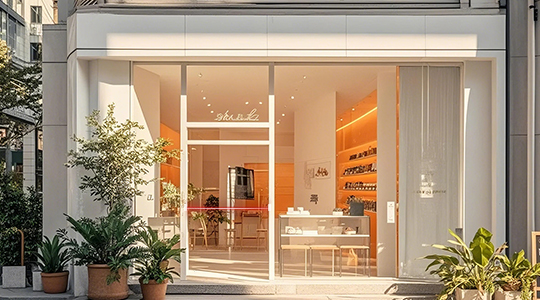Alright, so I wanted to get a better handle on how many people were actually coming into my store. You know, just to see when it’s busiest, if my marketing stuff is working, that kind of thing. So, I started looking into people counters.
Figuring Out What I Needed
First, I had to decide what kind of counter I even wanted. There are a bunch of different types:
- Basic Beam Counters: These are the super simple ones. They just shoot a beam across the doorway, and every time someone breaks the beam, it counts them. Cheap, but not super accurate, especially if people walk in side-by-side.
- Thermal Counters: These use heat sensors to detect people. Better than beam counters, but they can get thrown off by things like sunlight or big temperature changes.
- Video Counters: These use cameras and some fancy software to count people. Probably the most accurate, but also the most expensive and complicated to set up.
I thought about it for a bit. My store isn’t huge, and I didn’t need anything super fancy. I just wanted a general idea of the traffic. So, I decided to go with a basic beam counter to start. If it didn’t work out, I figured I could always upgrade later.

Setting Up the Counter
I found a pretty cheap one online. It came with two parts: a transmitter and a receiver. I stuck the transmitter on one side of the doorway and the receiver on the other, making sure they were lined up. This was a little tricky, I had to make sure it wasn’t counting the door when opens or closes, and some tape helped me to adjust their place.
Then, I just had to plug them in. The receiver had a little digital display that showed the count. Easy peasy!
Watching the Numbers
I let it run for a few days, and it was pretty interesting to see the numbers go up and down. I could definitely see the lunch rush and the after-work crowd. It was also kind of cool to see how many people came in on the weekend compared to weekdays.

Tweaking and Improving
After a while, I noticed a few problems. Like I thought, sometimes it would miss people if they walked in together. And if someone just kind of poked their head in and then left, it would still count them. Also sometimes when the light is too bright, the number is not right.
So, I did a little more research. I found out that some of the slightly fancier beam counters have two beams instead of one. This helps them tell the difference between people entering and exiting, and it’s more accurate with groups.
The Next Step
I’m thinking about upgrading to one of those dual-beam counters. It’ll cost a bit more, but I think the extra accuracy will be worth it. And maybe someday, if my store really takes off, I’ll splurge on a video counter! But for now, this little beam counter is giving me some good basic info. It’s definitely better than nothing, and it’s helping me understand my customer flow a little better.
